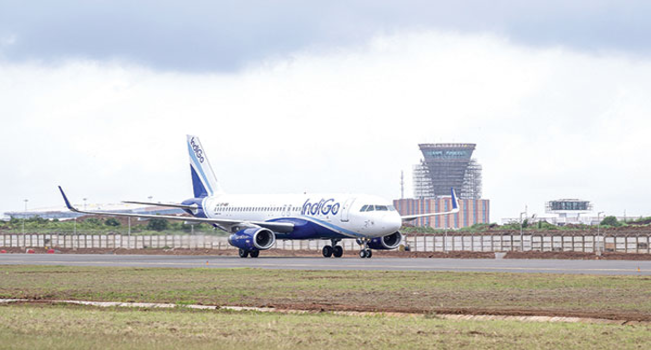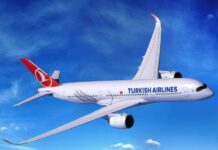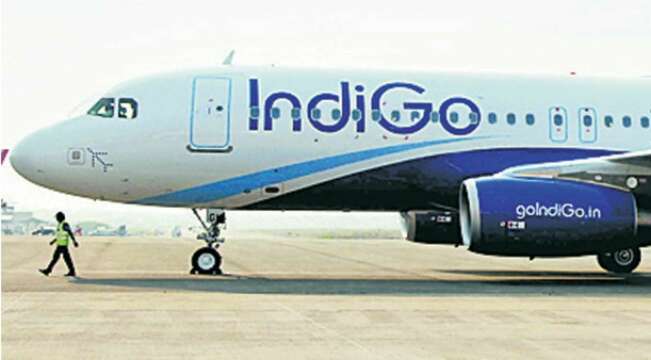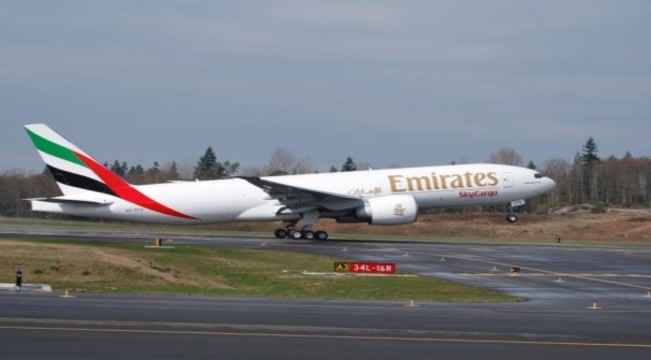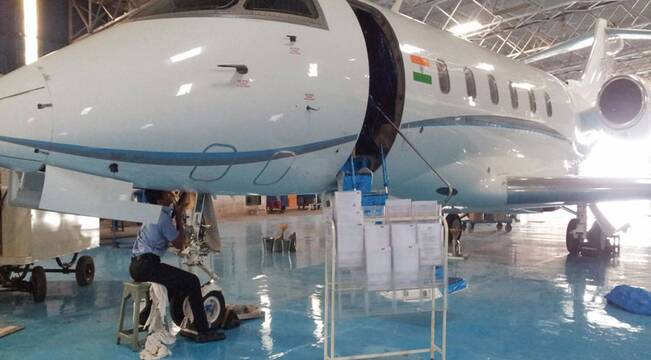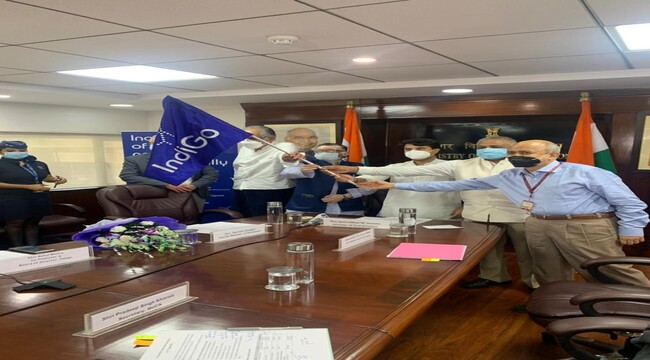In 1980, the Taiwanese Aerospace Industrial Development Corp.’s AT-3 jet trainer took to the skies. Named the Tzu Chung (“self-reliance”), it was the first domestically designed and manufactured aircraft for the self-governed island.
Taiwan has steadily increased the amount of indigenous work on subsequent aircraft since then, and it now is looking toward a next-generation fighter that would be almost wholly Taiwanese. The Aerospace Industrial Development Corp. (AIDC) followed the AT-3 with the F-CK-1 Ching-Kuo Indigenous Defense Fighter in 1989, and the T-5 Brave Eagle advanced trainer in 2020.
On Jan. 8, the AIDC announced that it had completed the initial design of a basic trainer aircraft, aimed to fulfill the Republic of China Air Force (ROCAF) requirement to replace 40 Beechcraft T-34C aircraft by 2033.
In its report, the manufacturer revealed that the trainer will be powered by two Pratt & Whitney PT6A-68B engines, feature a top speed of 325 kt. (375 mph) and boast a range of 856 nm—more than the 450 nm required by the ROCAF.
While development and manufacturing of 45 homegrown aircraft are estimated to cost NT$21.4 billion ($680 million), compared with NT$18.6 billion for an off-the-shelf option, Taiwan expects to save money over time. The total sustainment cost of the locally developed aircraft over 25 years is projected to be NT$52 billion. Purchasing trainers would cost NT$52.9 billion, and leasing a trainer fleet would run NT$56.4 billion.
The AIDC argues that purchasing aircraft from abroad does not contribute to the local economy, and a leasing agreement for Taiwan would be akin to “handing over system rights” and exposing itself to restrictions on local upgrades and modifications.
Taiwanese companies would contribute to 75% of the entire program, providing an economic boon for local companies worth around NT$39 billion.
Forty-eight percent of the F-CK-1 Ching-Kuo was developed locally; that ratio grew to 55% in the T-5 jet trainer. The rest consisted of imported components such as avionics and engines.
Perhaps more important, the AIDC says the continual development of aircraft systems will give it the momentum and maturity to produce an anticipated next-generation air defense fighter, 95% of which would be indigenous. The company said once the manufacturing line is closed after the completion of the Brave Eagle program in 2026, it will be very hard to kick-start the capability for a high-end project.
If Taipei green-lights the AIDC to enter the next phase, the company says the trainer could make its first flight in 2027 and enter production in 2030, in time to produce 45 aircraft by 2033. The Taiwanese government initially issued the proposal to pursue the basic trainer aircraft project in 2021, but progress on the program stalled, and it was left out of the defense budget altogether in 2023 due to lack of funds.
However, the ROCAF remains conservative on its T-34 replacement plans, saying it has not made a decision about how it will proceed.
“We are still considering whether to choose locally made trainers, trainers that are the results of local and international cooperation, or simply rent new trainers instead of buying them,” Maj. Gen. Tsao Ting-ming, deputy head of the defense ministry’s strategic planning department, told local press.
“For the time being, we believe that the most important job for the air force is to make sure AIDC will deliver the Brave Eagle on time and on target,” he said.
Indeed, the AIDC almost fell short of its commitment to hand over 17 T-5s in 2023, only managing to deliver the last four aircraft in mid-December.
“The process [of delivery of all aircraft on time] is very difficult,” AIDC Chairman Hu Kai-hong said during the T-5 handover ceremony in December. “The more so, the sweeter the results are.” According to the reports published in aviationweek.com .
The AIDC is expected to ramp up production to 18 units over the next two years, totaling 66 aircraft.










